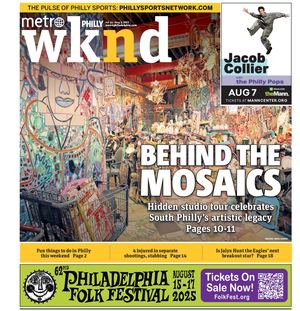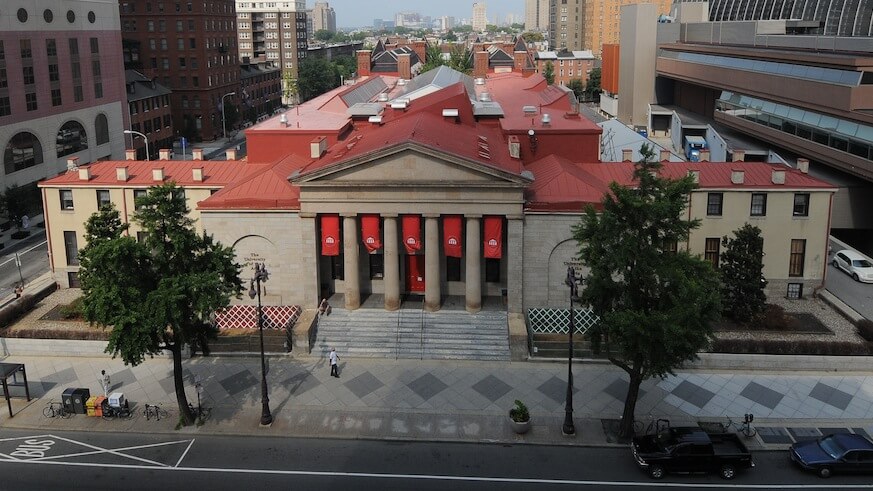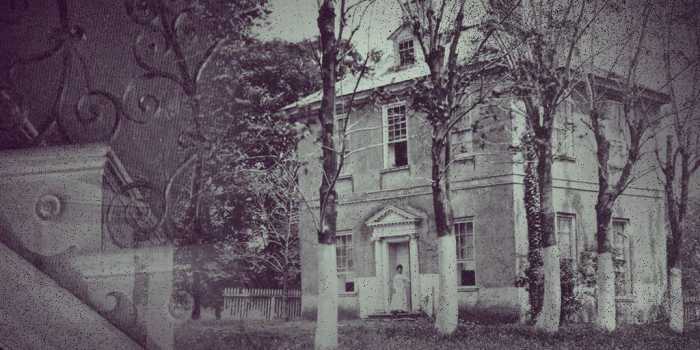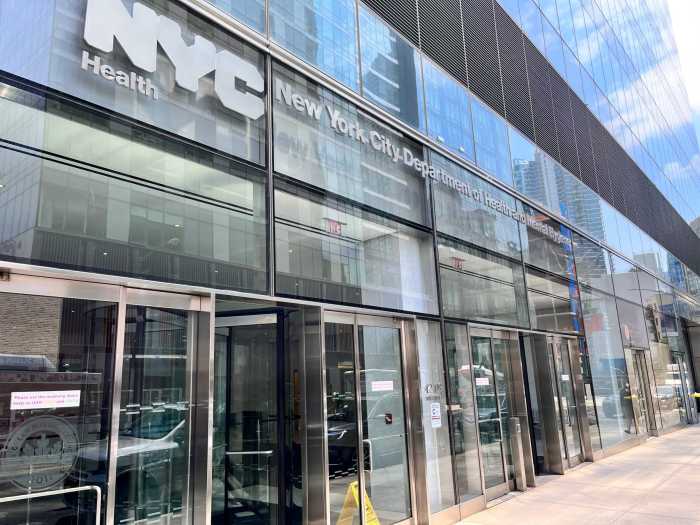If it seems like you’ve been hearing more about The University of the Arts – Philly’s preeminent visual and performing arts hall of learning on the Avenue of the Arts in Center City – then you’re not mistaken.
Last week, the University of the Arts made its first big flash of cash and muscle by taking over (or rather, absorbing and merging with) Rittenhouse Square’s Philadelphia Art Alliance (PAA), a famed gallery space that, in its time, exhibited major works from the likes of Horace Pippin, Man Ray and Andrew Wyeth.
Why all the buying and selling now? What is University of the Arts president Dr. David Yager up to?
“The overall goal is all related to building a top-tier academic program for our students and their future,” said Yager. “The buildings are ‘containers,’ and, although important, it’s the faculty, staff and content that drive the University of the Arts, our programs and our students’ success.”
The PAA started in 1915 as an artist-operated salon and moved into 251 S. 18th St. in 1926. In 1932, Walt Disney led perhaps the first museum exhibition of animated art. In 1936, Andrew Wyeth made his exhibition debut. In 1947, Horace Pippin held a major exhibition.
The Alliance was the arts salon in Philly, with the likes of actress Coleen Dewhurst, author Dorothy Parker, composer Aaron Copland, choreographer Merce Cunningham and playwright Edward Albee holding events. Recently, the Alliance was more dedicated to crafts and crafts-makers than to fine art, yet the space also housed some of the smartest lectures series in town and the adventurous sounds of avant-garde jazz concerts hosted and booked by Ars Nova Workshop.
“The discussions started about one year ago and focused on our mutual history relative to the arts and culture in Philadelphia,” Yager said of the union. “There was a clear overlap of artists, educators and supporters between the two organizations. As the conversations continued, it became even clearer to us that our beliefs and priorities were remarkably similar, both historically as well as our thoughts about the future.”
It was crucial for Yager and the University to be able to preserve – and enhance – the long-term standing of a historically and artistically important institution in Philadelphia, he said. “There are clearly amazing opportunities that the Art Alliance offers in the way of exhibition space for the University of the Arts and for the city of Philadelphia.”
This move follows the October 2016 sale of UArts’ hallowed Merriam Theater to the Kimmel Center for $11 million. For that sum, the Kimmel got to expand its already sizeable campus (Verizon Hall, Perelman Theater and the Academy of Music, which is owned by the Philadelphia Orchestra but operated by the Kimmel) while adding to the University’s coffers.
“In all honesty, it was not part of a plan, but rather a matter of timing and circumstance that began the conversation with the Art Alliance,” said Yager when asked if the $11 million received from the Kimmel and the occurrence of conversations with the PAA were coincidence or a plan.
From there, U of Arts was ready to make its own expansions such as considering another performance venue and a long-desired unit for additional student dorms.
Yager agreed that the motion to unload the celebrated theater was bittersweet, yet he remains pragmatic. “It’s always difficult to make decisions to sell real estate. However, our programs were only using the Merriam Theater for two months out of the year, and the theater was generally too large for most of our programs. In addition, the question of the future of the theater’s maintenance was an important issue.”
The Kimmel itself will undergo a series of renaming query events for its new Merriam acquisition starting this Saturday, Sept. 23.
Ask Yager if he has an opinion of the renaming process at the Merriam, and he has no personal opinion. “It should go through a formal process to determine what’s best for the city, the organization’s history and the Kimmel.”
As for the Philadelphia Art Alliance, Yager has plenty of opinions.
For Philadelphia foodies curious if Le Cheri – the venerable French eatery ensconced within the PAA – will stay as part of the handsome building, Yager hopes the restaurant will continue to operate “right where it is, as we believe that our new relationship will only increase the visibility of the restaurant and its profitability.” Ask the doctor if merging with PAA has anything to do with getting closer to the tony Rittenhouse region’s moneyed donating elite, and he won’t allow this writer or himself an air of the mercenary. “We were much more focused on building relationships and a community of arts supporters and friends who have long supported the Art Alliance rather than directly focusing on donors,” said Yager. “We anticipate starting a lecture series at the Art Alliance to reinvigorate the neighborhood’s support.” He and his staff – an internal working committee – are also readying a “future vision” of performances and exhibitions at the Art Alliance.
As for his plans for a new performance venue and student dorms, Yager is adamant that it is that U of Arts’ expansion which remains a priority. “Student residence halls and performance space continues to be a top priority; we’re working toward a project that would address these needs,” said Yager. “More importantly, though, we are committed to building a community of artists at UArts that can focus on art and culture.”























